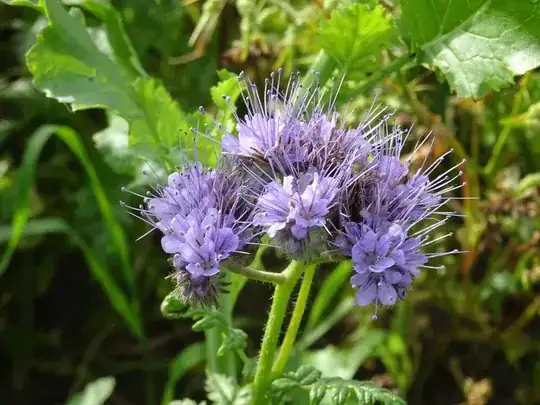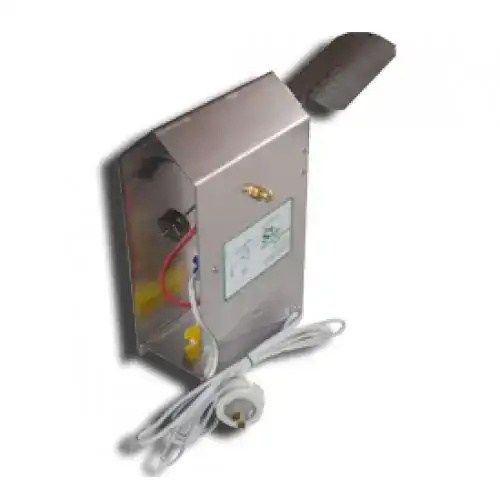As the title suggests, I'm currently germinating a bunch of lemon balm seeds in an egg carton. I heard they grew better uncovered so I didn't cover them, however, they seem to dry out rather quickly, so I was wondering if I could make a simple DIY self-watering system for such tender plants. I searched for hours on Youtube but found nothing that was suitable for small containers and plants.
I'd prefer:
-It doesn't drown and overwhelm the seeds
-It doesn't require a lot of materials.

If possible, I'd want: -A Video Tutorial perhaps? -A step by step tutorial in words? Thanks
